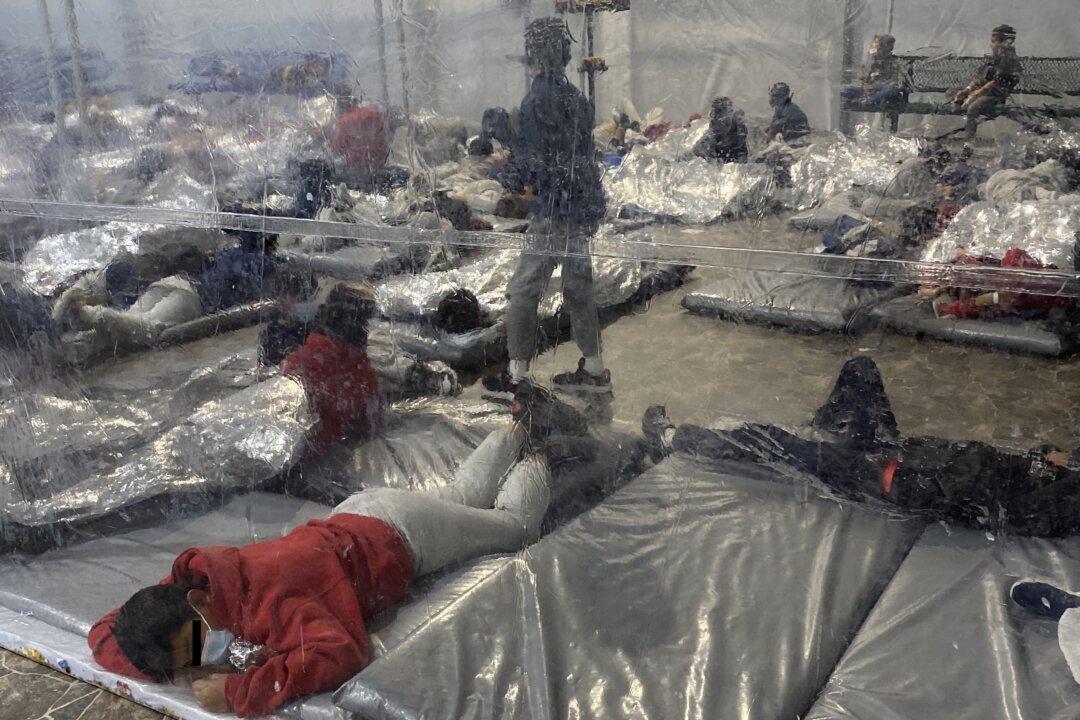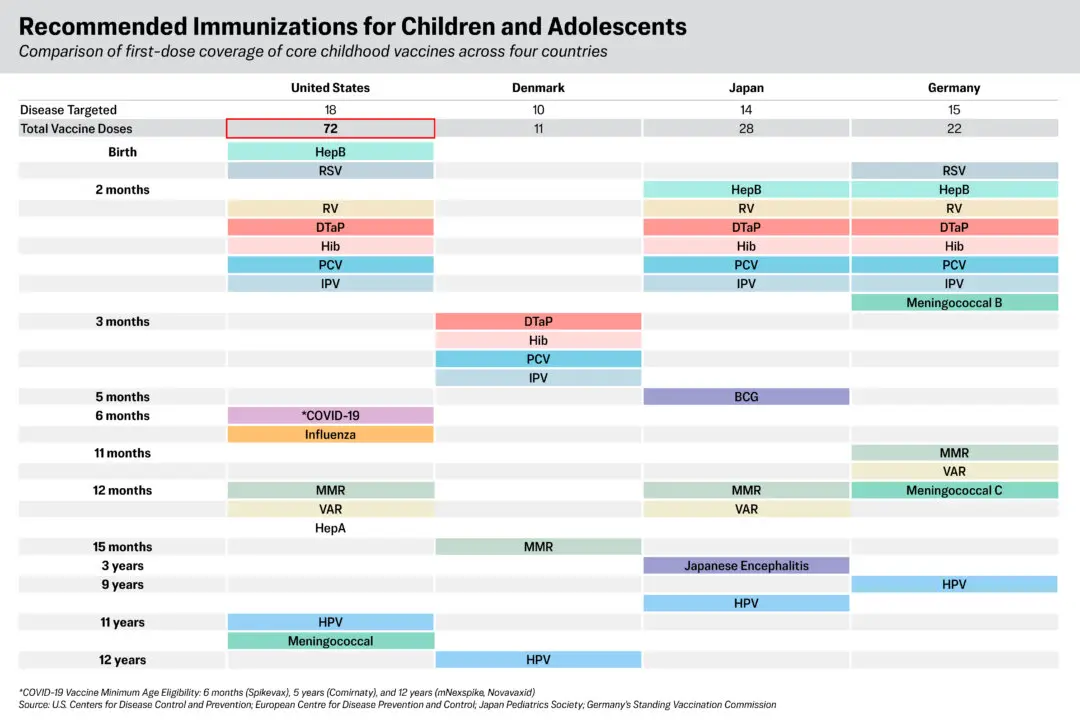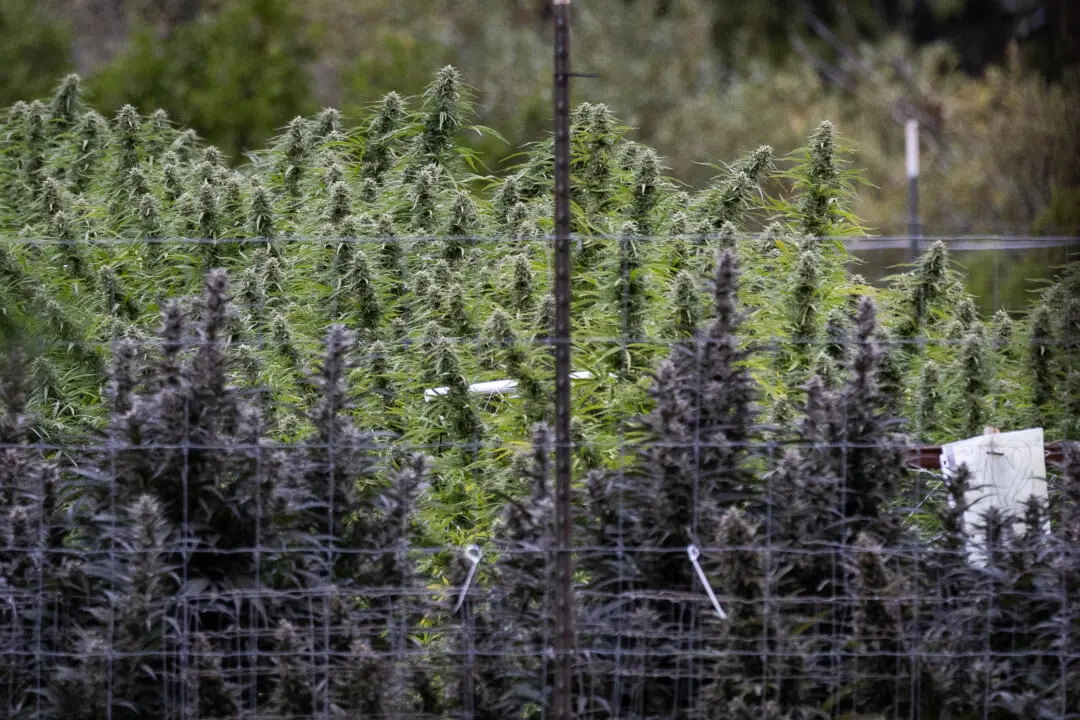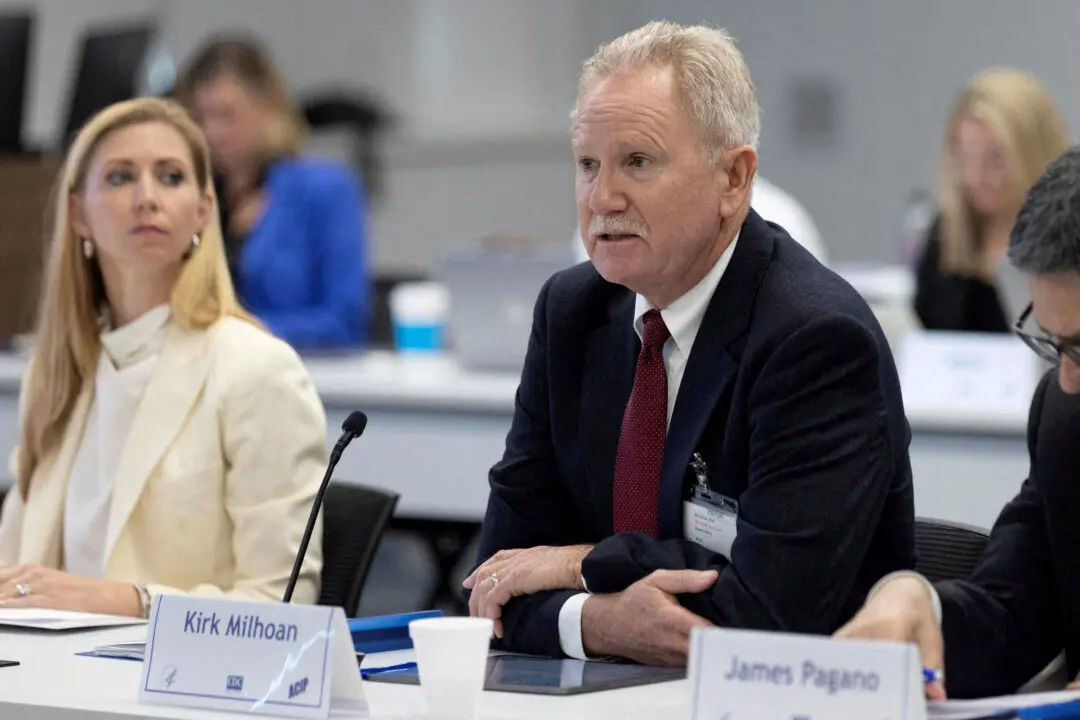Border Patrol agents are struggling to deal with the surge in illegal immigrants crossing into the United States from Mexico, Rep. Henry Cuellar (D-Texas) told The Epoch Times on Wednesday.
“Border Patrol has just been overwhelmed. All our good intentions are being overwhelmed by the pure numbers of people coming in,” said the congressman, whose district includes portions of land that abut the border.





